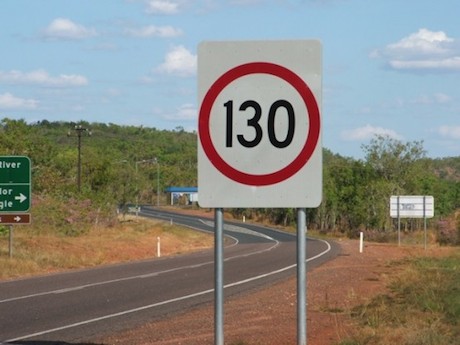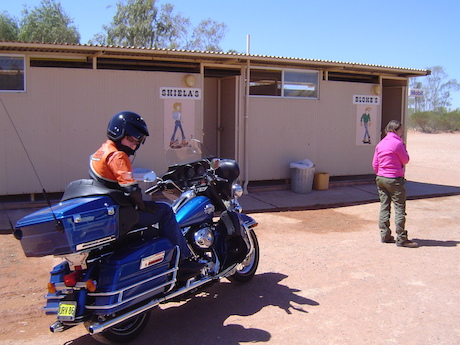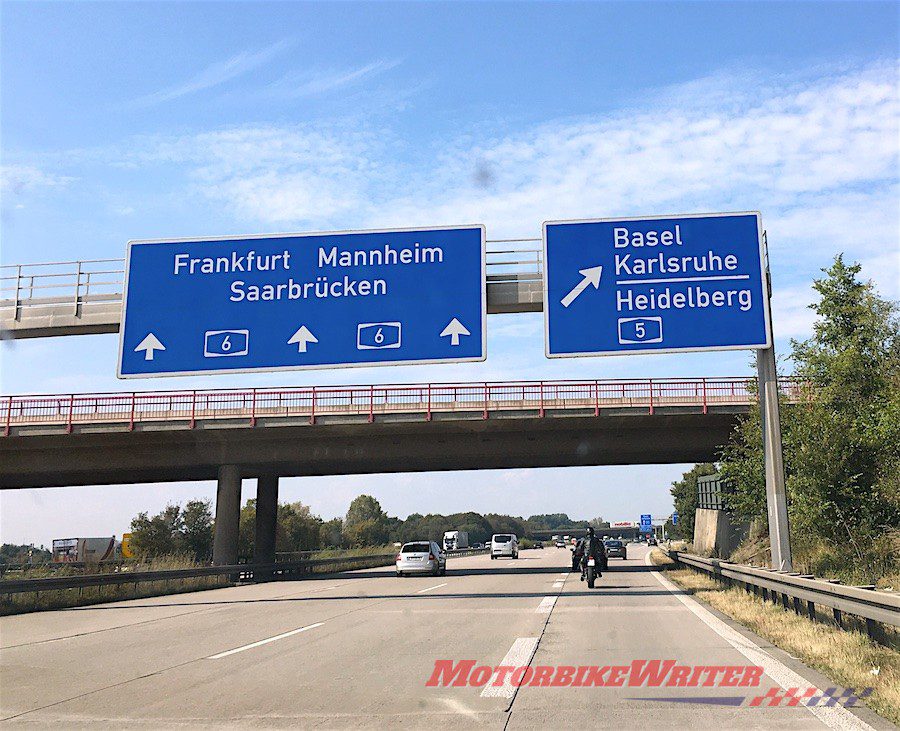Germany has voted down a Greens party suggestion to limit the speed on some autobahns with unrestricted speed limits.
It is a common misbelief that all German autobahns have open speed limits.
Some do and they will remain unrestricted despite the Greens trying to limit them to 130km/h to “reduce emissions, make the roads safer and strangely make traffic move more freely”!
While the German Government has allowed sanity to prevail, it is a shame Australia lost its open speed limits on the Northern Territory in 2006.
NT speed history

Despite a zero fatality rate on highways with open speed limits, the Northern Territory returned to 130km/h speed restrictions in 2016.
The NT used to have open speed limits on its highways, but in 2006, the then Labor Government imposed a 130km/h limit.
Instead of accidents reducing, they increased. In fact, 307 died in the NT over the next six years, 15 more than in the previous six years.
In 2015, the NT government decided to allow motorists to choose their own speed on a 336km section of the Stuart Highway after a successful 18-month evidence-based trial.
Despite the trial’s success and the past year’s zero road fatalities, the next government announced straight after the elections that they would remove the unlimited sections.
Traffic counter data from the previous NT government’s six-month trial showed there was only a small increase in driver speed in the trial sections, with 85% of drivers travelling 133-139km/h.
Together with the zero fatality toll on the unrestricted highways surely it proves that open speed limits work and motorists aren’t so stupid as to consistently ride or drive outside their comfort zone.
Statistics
Interestingly, Germany with its unrestricted and high-speed autobahns, has a better record on road deaths than Australia with its ever-reducing speed limits.
Check out this table that shows 2016 road deaths per 100,000 population, 100,000 motor vehicles and one billion kilometres travelled.
| Country | Deaths/100k pop’n | Deaths/100k vehicles | Deaths/1 billion km | Deaths in 2016 |
| Australia | 5.6 | 7.4 | 5.2 | 1351 |
| Germany | 4.1 | 6.4 | 4.2 | 3327 |
Furthermore, German autobahns only account for 12% of the nation’s road death toll.
Veteran motorcycle travel guide Peter Colwell says Aussie motorists are “speedo gazers” whop spend more time looking at their speedos to avoid a speeding fine than observing the road.
NT surgeon David Read supports the restriction, but admits that the Territory has very low seat belt usage and very high drink driving rates.
Peter points out that the vocal medical fraternity are not necessarily experts on road safety.
“Some might not even drive,” he says.
“They cannot claim any more expertise in road safety than the average citizen, perhaps less, given they are among the busiest people in the land in their ‘offices’.
“They repair broken bodies but don’t tell people how to live, so why tell them how to drive? It’s not logical.”
The yo-yo speed limits of the NT over the past few years are a direct result of party politics.
“Why are speed limits political?” Peter asks.
“It’s asinine. The Newell Highway in NSW was dropped to 100km/h under Labor, but went back up to 110 when the government changed.
“That is really ridiculous when you think about it.”
Increase limits
Advocates of increasing the speed limit on some highways say motorists are safer because they focus more when they are driving faster.
In fact, the only drawback in allowing faster speed limits on certain open highways is that fuel consumption increases substantially. The optimum speed for fuel economy on most motorcycles is about 80-km/h, depending on the aero of the bike.
I’ve ridden and driven on unrestricted sections of German autobahns and found it quite safe.
However, it is very well constructed with banked gentle curves and a smooth surface. Also, the drivers are all well behaved with good lane discipline and extensive driver license education.
Some Australian highways are the equal of the unrestricted German autobahns.



However, when I last rode the Stuart Highway several the surface was fairly bumpy and the big old Harley Ultra I was riding two-up started bottoming out on some of the bigger lumps.
You also had to watch out for emus running out from behind saltbushes close to the road.
Since then, the NT government has spent $4.4 million upgrading the Stuart Highway to suit higher speeds.
It also allocated $2.5 million to clear vegetation from the edge of the highway, widen curves and improve the marking and signage.
So the highway is now safer, yet slower!



